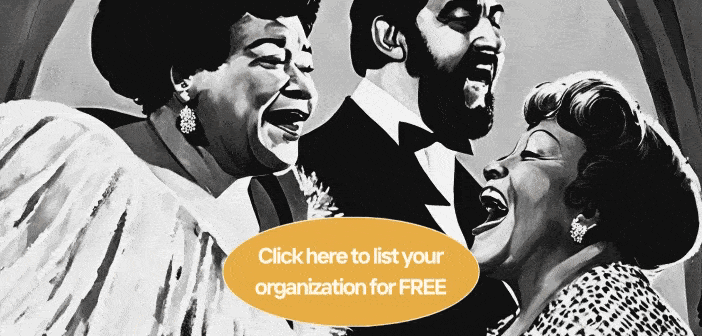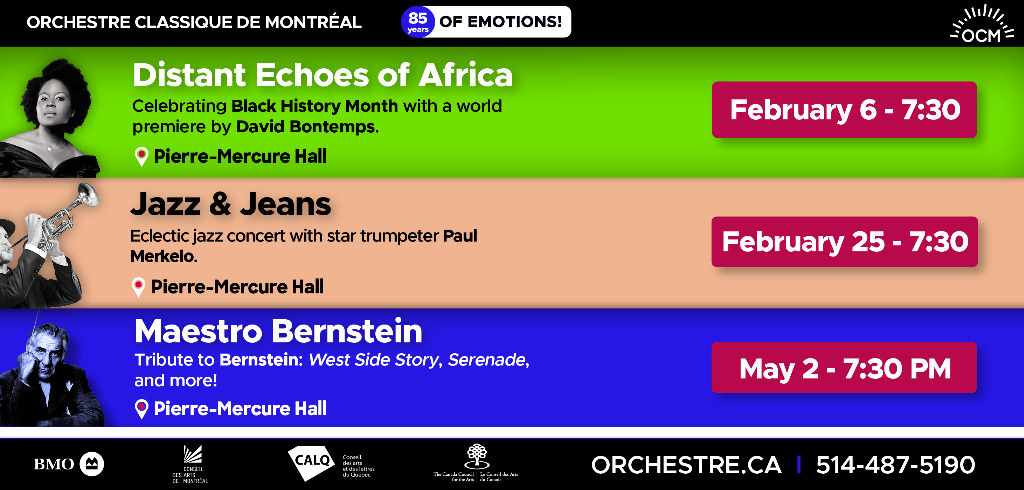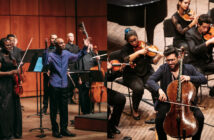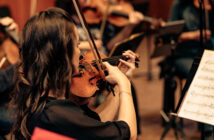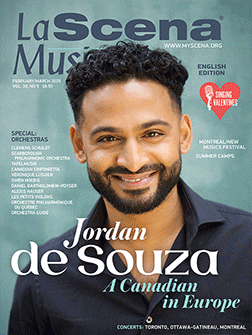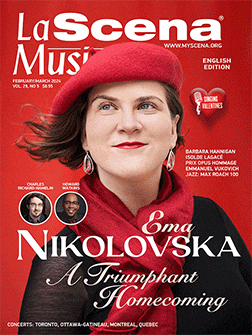
This page is also available in / Cette page est également disponible en:
![]() Francais (French)
Francais (French)
-
Self-produced4
Encore baroque vol. 2
Pierre Lavigne, harpsichord
Self-produced, December 2023

Lavigne’s playing demonstrates his knowledge and talent in terms of historical interpretation in the Italian and French works. He performs with elegance, a sense of the agogic and subtle rhythmic variations, and fine taste in ornamentation. Perfectly at ease in the majestic and grandiose writing of Girolamo Frescobaldi’s Toccata Terza, Lavigne’s playing is sensitive, lyrical and rhythmically flexible. Domenico Zipoli’s Minuet in D Minor is tastefully played, and the music flows naturally. Not indifferent to the humour of Domenico Cimarosa’s Sonata No. 4, Lavigne maintains a beautiful quality of playing for the musically most modest work on the album.
Lavigne’s rendition of J.S. Bach’s Italian Concerto is, however, less successful. The slow tempo of the first movement (Allegro) confuses the listener, as a more technically assured, majestic and firm playing is anticipated. The playing is heavy-handed, and the tempo unstable throughout. Surprising for an otherwise high-quality record.
The second movement is much better. Lavigne overcomes the movement’s main challenges: using expressive rubato on top of an ostinato-like bass figuration, without distorting the general tempo. His expressive playing in both hands reveals a sensitivity for harmonic changes and the subtleties of a beautifully ornamented melody by Bach himself. The opening of the third movement follows a very effective final cadence. The Presto is perfectly mastered by Lavigne in terms of the contrapuntal interplay of voices. Relatively reserved in terms of tempo, Lavigne’s playing is solid, with a few imperfections from time to time.
The album concludes with French pieces by François Couperin and Louis-Claude Daquin, played with admirable sensitivity, softness, and a beautiful adherence to historical performance practice. Lavigne navigates sounds, colours, and frequent rhythmic variations with ease. A performance that will serve as a reference for the interpretation of this repertoire.
The sound production is generally well-done from a technical point of view, apart from a few moments where the editing lacks subtlety.
Playlist
This page is also available in / Cette page est également disponible en:
![]() Francais (French)
Francais (French)


